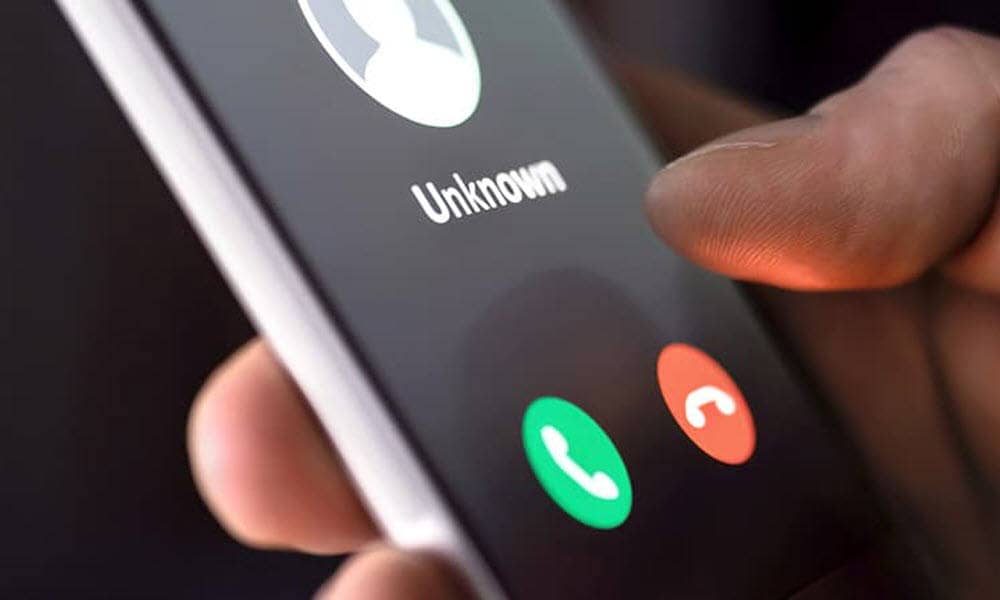Have you ever gotten a suspicious message on your phone requesting you to click on a link or enter a password and claiming to be from the police? Users have been advised not to reply to such messages and to report them right away to the police by the UAE’s Ministry of Interior.
The Ministry of Interior issues a warning to the public about suspicious messages that may bear the logos of law enforcement or government organizations. Through these messages, fraudsters attempt to defraud their victims online by making the recipient believe they are from a legitimate source and containing a secret code, such as a one-time password, or suspicious links that are used to trick people and commit electronic fraud. The Ministry reiterates that all messages sent by it are sent through official numbers and secure communication channels and urges early reporting of such messages so that they can be dealt with.
How can one report such messages?
The Ministry provided the following options that are available to people to report such fraudulent activities:
- Najeed in Sharjah – Call 800151 or send an SMS to 7999
- The eCrime website – ecrime.ae
- Aman service by Abu Dhabi Police – Call 800 2626
- Dubai Police’s website – dubaipolice.gov.ae
- You can also report cybercrimes to the nearest police station in your area, or call 999 for help.
How does one know that a message is fake?
If you believe a message is from a government agency, it could be challenging to ignore it. The UAE’s Telecommunications and Digital Government Regulatory Authority (TDRA) offered the following advice to help users determine whether a message posing as from a government agency is in reality fraudulent:
1. “Your computer’s access has been blocked, to unlock it pay Dh6,000.”
First of all, you’ll never be required to pay a fine or other costs in order to access a government website.
2. Threatening tone
Online con artists that pose as official accounts or websites speak in a frightening manner. For instance, “you have six hours to pay the fine,” or “your case will be transferred to Dubai Police Force” if you don’t pay the fine. Online scammers use this message to threaten and scare people into paying up while simultaneously exposing their bank information and personal information.
3. Design of the website
You can tell a fake website from a real one by looking at its design and layout in addition to understanding the language that online scammers employ. In order to deceive consumers, fraudulent websites continually cite offenses using language that seems official and includes government emblems.
